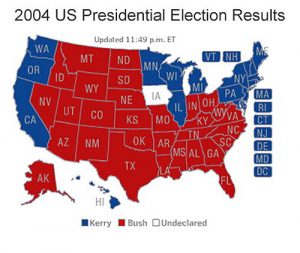A warning to churches looking to attract new members: faced with increasing choices about where to worship, the religious “consumer” is becoming increasingly savvy and a growing number of tools are helping them make informed decisions.
With mobility on the rise and denominational loyalty on the decline, more and more Christians are finding themselves in the market for a new church. The tradition of moving to a new city and opening the phone book to find the local Presbyterian USA, American Baptist, or United Methodist church is now passé. Church shoppers are increasingly turning to the internet where their options are not limited to search engines or denominational websites.
Two relatively new online tools, churchrater.com and ship-of-fools.com, are providing reviews of churches in a format similar to reviews we are used to reading about restaurants or movies. The format may seem crass, but given the emphasis many churches are now placing on “curb appeal” and welcoming visitors, these church review sites reflect what mega-churches have known for quite some time: Christianity is not growing in the United States. The churches and congregations that are growing are doing so by attracting members from other churches and denominations. In other words, the church market place is crowed and competition is fierce. Churches have been developing marketing tools for years, but now consumers are beginning to have access to tools designed to help them make a decision about what churches to try and what to look for.
The phenomenon of church shopping has become so prevelant that it has caught the attention of the secular media. In a recent article The Seattle Times noted that increasing numbers of families are looking for home congregations and called attention to the shifting demographics that make church shopping more of a live option today than it was in previous generations.
In February of 2008 the Pew Forum on Religion and Public Life released its U.S. Religious Landscape Survey. Many of its most interesting finding regarding changing religious identification among Protestants can be found in the data presented in Chapter 2: Changes in Americans’ Religious Affiliation. What is striking is that even churches and denominations that are growing are still experiencing tremendous turnover. Protestant brand loyalty is not what it used to be.
Study the Pew Forum’s report on the U.S. Religious Landscape.
Read an article on church shopping in The Seattle Times.
Visit ChurchRater.com.
Read some sample church reviews by “the mystery worshipper”.


